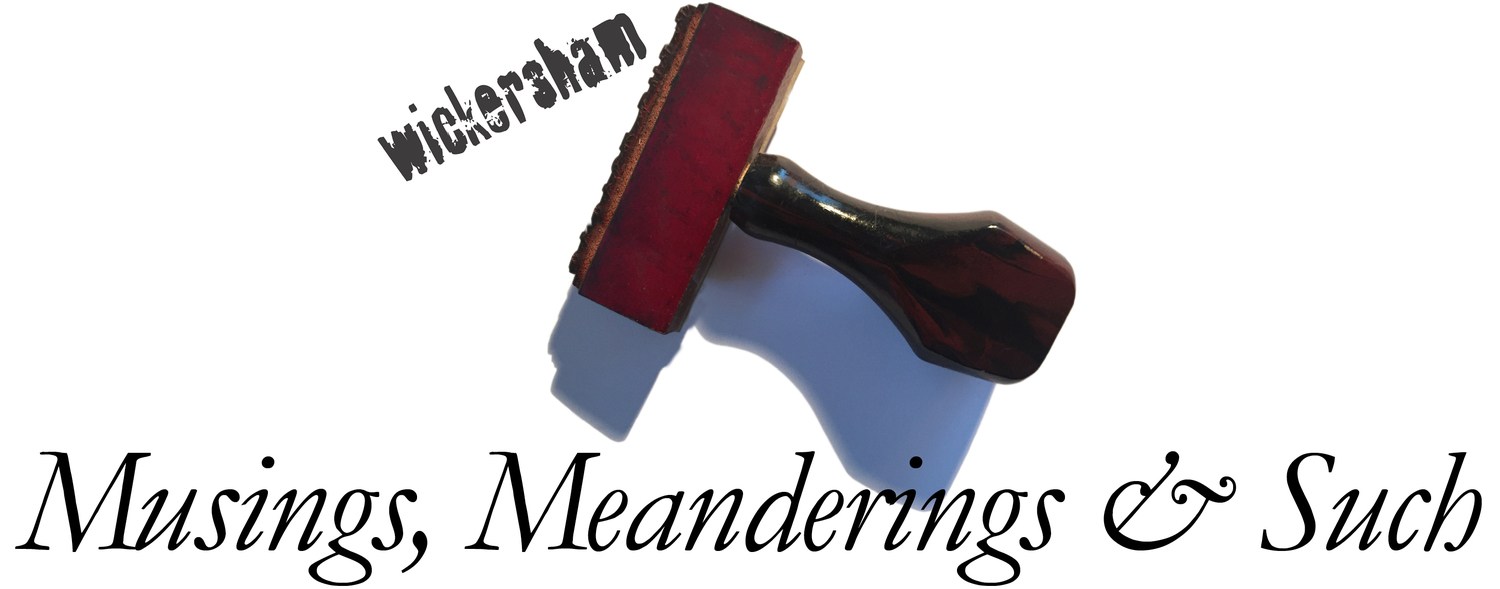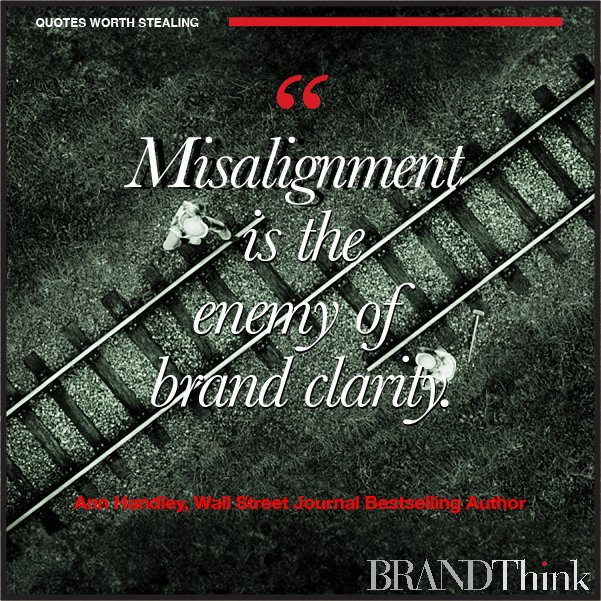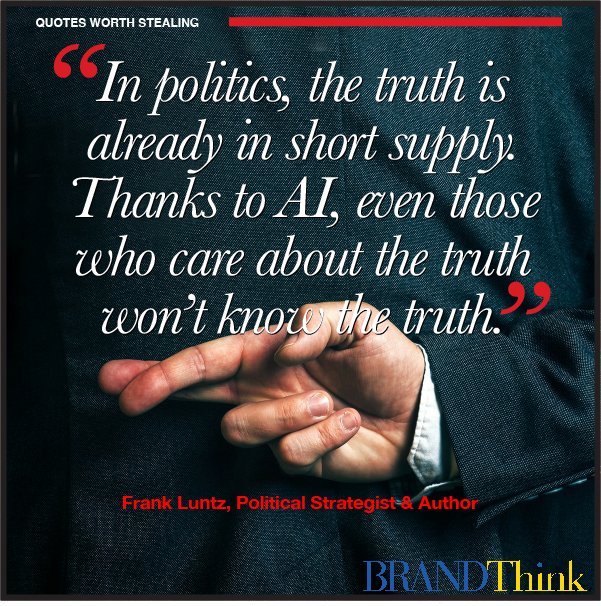A famous marketing guy said so. Won’t name him here, but he is beyond smart, and for him, I have mad respect. I mean, this guy is good.
However, back in 2023, he wrote an article in Marketing Week (and there is additional context in the article; hit me up if you want the link). Nevertheless, he made a point that has been bothering me for two years now.
He wrote, “I know there are plenty of ‘creative strategists’ out there, and more than a few ‘strategic creatives’, but I have always assumed that these people were either taking the piss or, more likely, simply had no idea what the f*ck they were doing.”
The implication was that you can only exist in one of those two silos, that creativity and strategy are discrete disciplines. No person can possibly be good at both.
Man, for me, that notion is bullshit and it’s been bugging me for, yeah, two years now. You see, I am one of those creative strategists, a creative capitalist of sorts. And I’ve known others.
So, at the risk of him throwing me under the bus, I offer a rebuttal.
Strategy and creativity are part of a continuum. There is a natural and necessary synergy to integrating strategy, positioning, and creative extension that requires these disciplines to work in harmony. To think in harmony.
This guy went on to write, ”To do one well you usually need to ignore the other.”
More BS. Siloing them rarely produces innovation. My background spans both the creative director, brand-building, and brand development side, and the pragmatic, value-creation, investment banking side. I come from both worlds, and we play very nicely together. Both hemispheres of the gray matter collaborate in easy harmony. It’s a differentiation that sets BRANDThink apart.
Especially in the early stages of company/brand positioning and strategy development, creative and strategy should ideate in harmony. The process should be iterative and collaborative.
Because the truth is, strategy is a creative process.
It’s not about one discipline dominating the other, but rather about each informing and elevating the other. Strategic insights inspire creative breakthroughs, and creative ideation around execution can inform, enhance, and refine strategy. After all, a strategy that doesn't extend well is not a good strategy. Seen that before?
Both strategy and creativity are in service of the bigger idea, and the idea serves the business objectives. When they are structured and ideated together, a continuous feedback loop happens, benefiting both disciplines.
Better things happen.
Ok, we’ll see if the bus hits me.




















